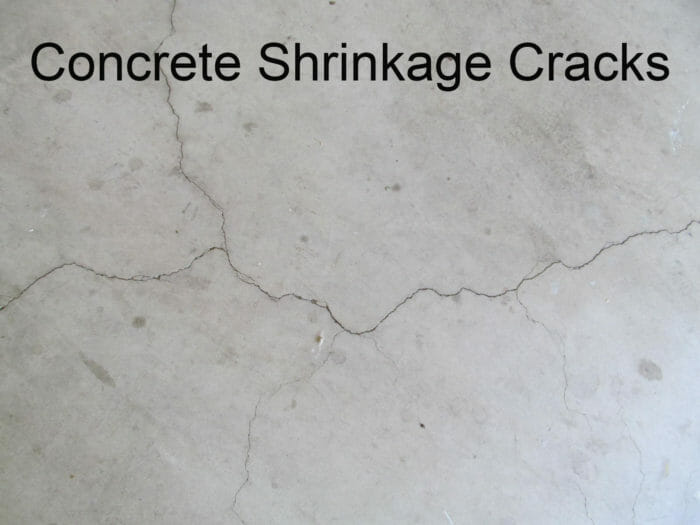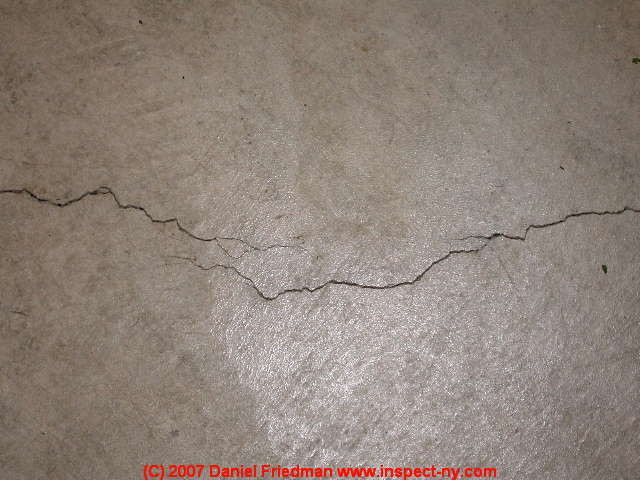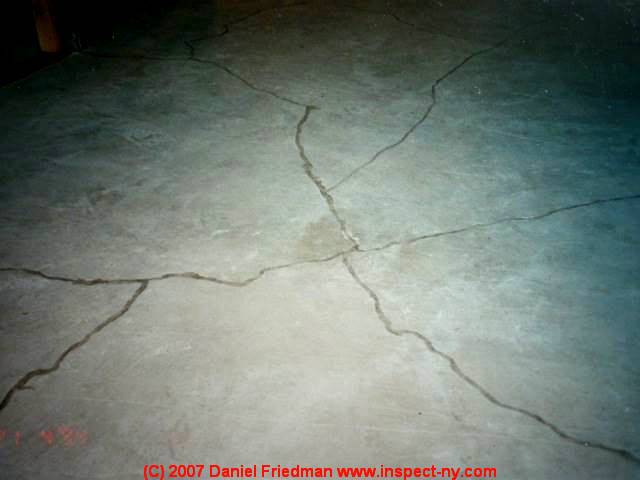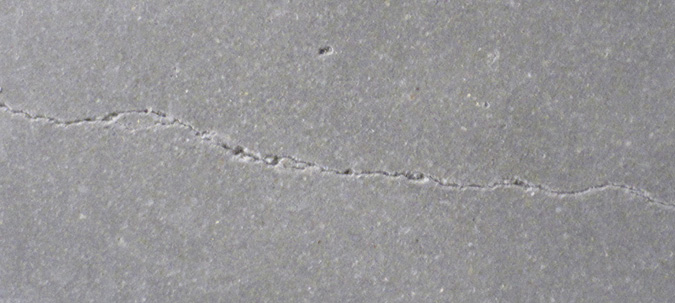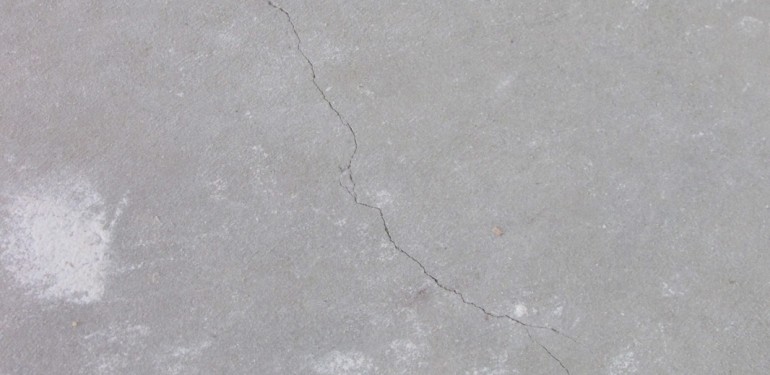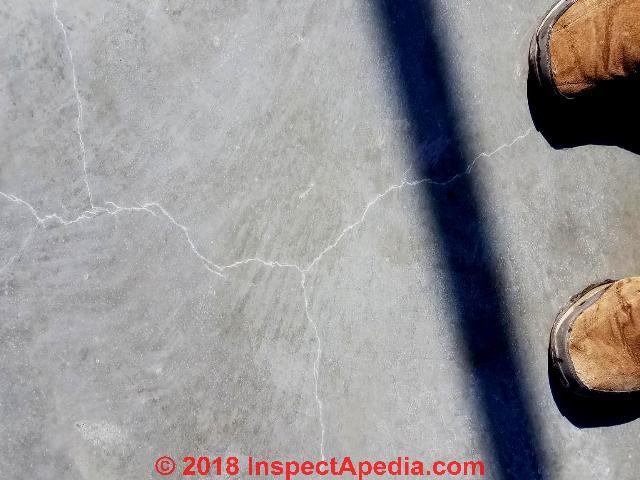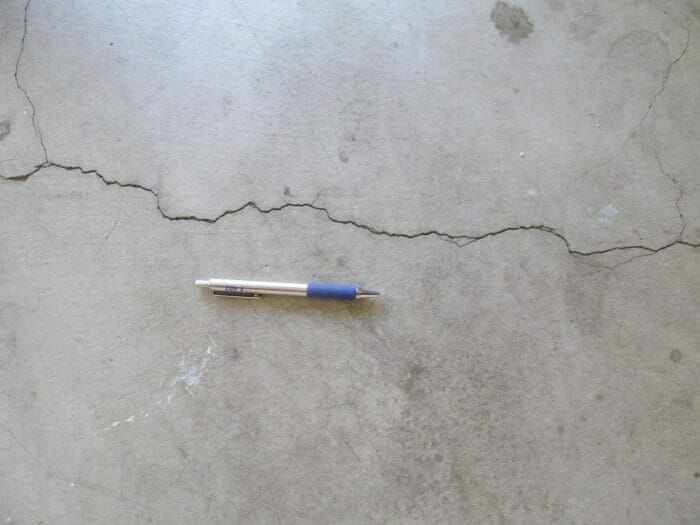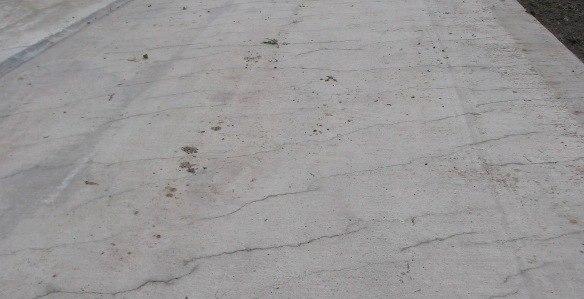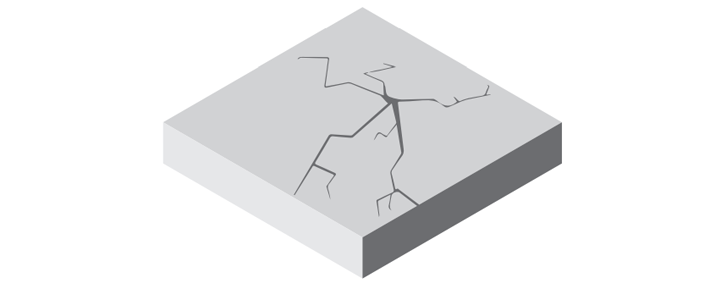Some contractors cut or form a grid of small grooves in the slab to keep the shrinkage cracks in an orderly grid which looks better than random cracks but functions the same way.
Shrinkage cracks in concrete slab.
This restraint creates tensile stresses in the concrete slab which in turn may produce drying shrinkage cracking.
While the concrete is shrinking many things such as reinforcement or the subgrade restrain the concrete.
When that water eventually leaves the slab it leaves behind large voids between the solid particles.
Plastic shrinkage cracks are common in slabs.
Shrinkage cracks in concrete occur due to change in moisture of concrete.
When concrete is mixed more water than is needed for hydration is mixed with the dry components such as sand cement and an aggregate.
Shrinkage cracks in a slab photo above are unlikely to be of any structural concern but can be a source of water entry or radon entry in buildings and may form a tripping hazard.
They expand when they absorb the moisture and shrink when they dry.
In addition to reading about repairing concrete shrinkage cracks if crack repair is needed at all.
See details at concrete shrinkage cracks.
As the concrete slab dries after placement it shrinks.
While shrinkage in poured concrete walls or floor slabs is a normal property of curing concrete shrinkage cracks can be controlled or where they have occurred in some cases repairs are needed.
Concrete and mortar are porous in their structure in the form of inter molecular space.
Similar uncontrolled or random cracks sometimes due to poor joint layout meander across the surface.
Concrete slab drying shrinkage cracking can be the unfortunate end.
Plastic shrinkage concrete cracks when concrete is still in its plastic state before hardening it is full of water.
Most of the water will eventually evaporate causing shrinkage of the concrete slab.
Shrinkage cracking can be managed by the use of control joints placed in the slab.
When the evaporation of the moisture at the surface of concrete is more than the availability of the rising bleed to fill the surface moisture if this process happens before concrete attaining its tensile strength the volume change may cause cracks.
Contraction joints or control joints when cracked are really just straight shrinkage cracks.


